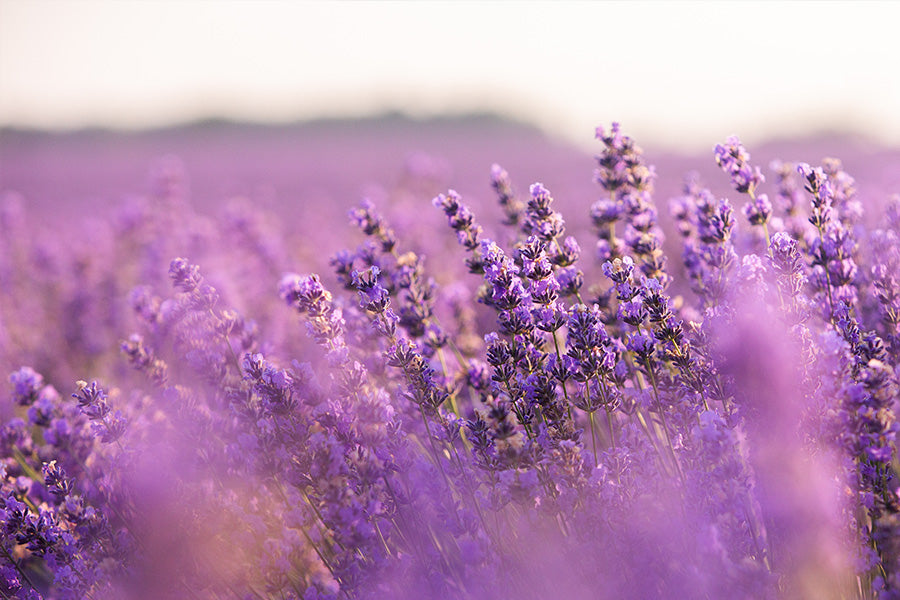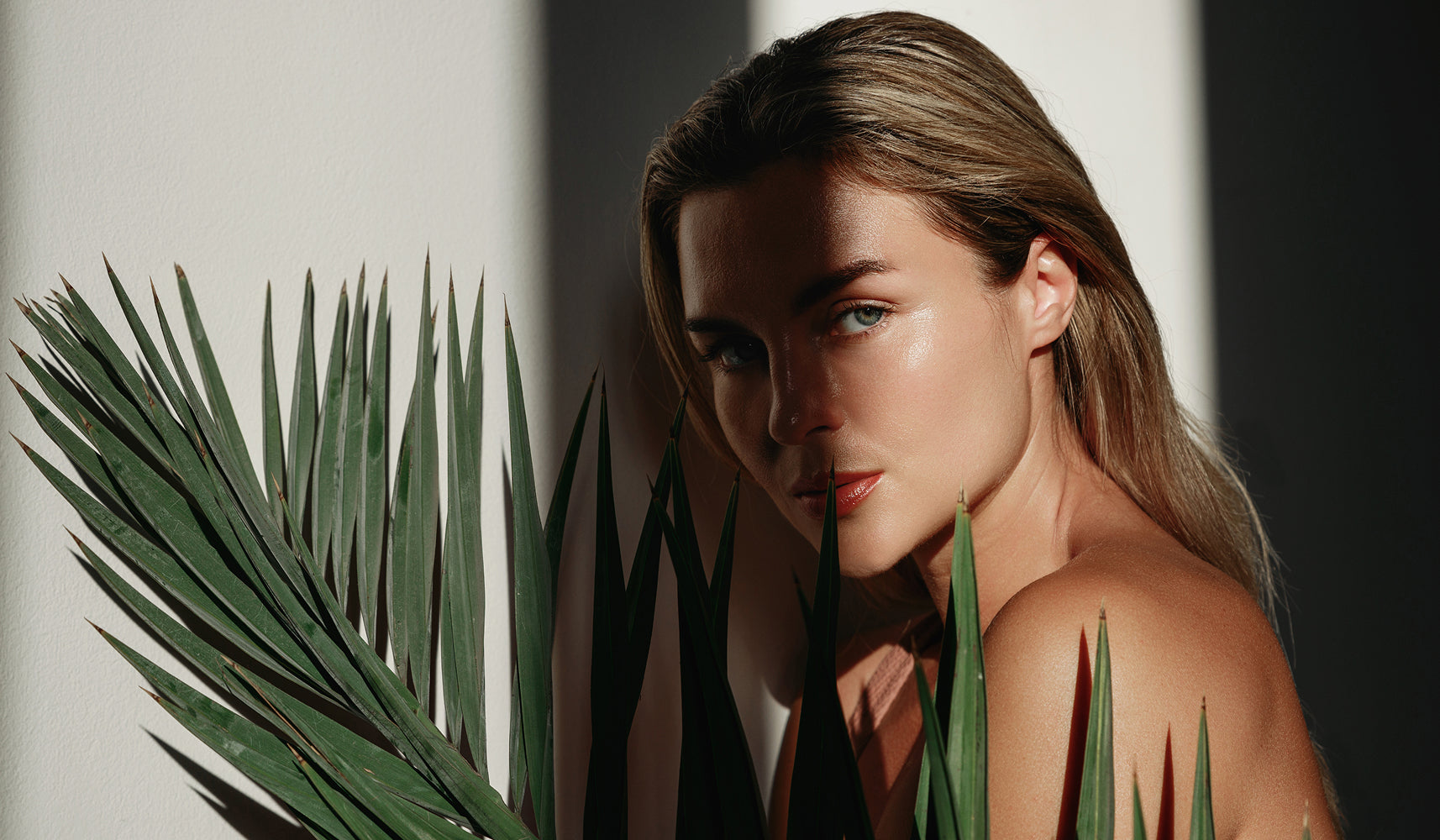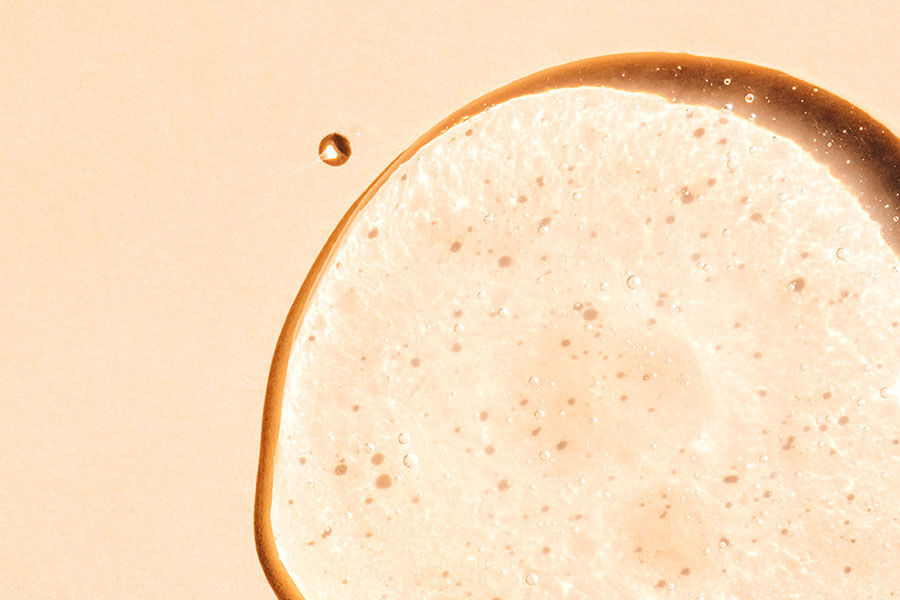What Are UV Rays?

UV rays are the invisible culprits behind many skin concerns, yet they’re often overlooked. They may be out of sight, but their effects are anything but out of mind. These rays are responsible for everything from that sun-kissed glow to premature aging and severe skin damage.
At Agave Phoenix, understanding UV rays is the first step to winning the battle for healthy, resilient skin. Let’s break down what UV rays are, their different types, and how to armor against them.
Types of UV Rays
When we talk about UV rays, we refer to three types: UVA, UVB, and UVC. Each type has unique characteristics and effects on the skin.
UVA Rays:
-
T
hese long-wave rays are sneaky. They penetrate deep into the skin’s layers and are present all year, rain or shine.
Impact: UVA rays accelerate skin aging, leading to wrinkles, fine lines, and hyperpigmentation. Picture them as the invisible hands pushing your skin’s natural aging process into overdrive. -
Impact: UVA rays accelerate skin aging, leading to wrinkles, fine lines, and hyperpigmentation. Picture them as the invisible hands pushing your skin’s natural aging process into overdrive.
UVB Rays:
-
Shorter in wavelength but more intense, UVB rays are what you think of when you feel that burning sensation after a sunny afternoon.
-
Impact: These rays damage the skin’s outer layers and primarily cause sunburn. They’re also notorious for contributing to skin cancer. Peak hours for UVB exposure are between 10 AM and 4 PM.
UVC Rays:
-
The most powerful of the three, but thankfully, UVC rays don’t reach us because the Earth’s atmosphere absorbs them.
-
Impact: If they did reach the surface, they’d be dangerous—but luckily, UVC rays are one less thing to worry about.
Cracking the Code: The UV Index
Ever heard of the UV index? It’s your best friend for gauging how intense the UV exposure is on any given day. The scale runs from 0 to 11+, and each level signals the potential for skin damage:
- Low (0-2): Minimal risk. Basic protection like sunglasses and a hat may suffice.
- Moderate (3-5): Moderate risk. Applying sunscreen and wearing protective clothing is recommended.
- High (6-7): High risk. Sunscreen, protective clothing, and seeking shade are essential.
- Very High (8-10): Very high risk. Precautions should include sunscreen with high SPF, sunglasses, and limiting time outdoors.
- Extreme (11+): Extreme risk. Total protective measures are necessary, including avoiding the sun during peak hours.
How Sunscreen Protects Your Skin
Sunscreen is your skin’s best defense against harmful UV rays. It forms a protective barrier that absorbs or reflects UV radiation, depending on its ingredients:
- Broad-spectrum formulas: Designed to protect against both UVA and UVB rays, ensuring comprehensive coverage.
- SPF (Sun Protection Factor): This measure measures how well sunscreen protects against UVB rays. While higher SPF numbers provide more protection, even SPF 30 can block about 97% of UVB rays.
- Ingredients to look for: For reliable protection, choose products with zinc oxide and titanium dioxide for mineral coverage or avobenzone and octinoxate for chemical defense.
Pairing your sunscreen with products like Monsoon Advanced Moisturizer ensures that your skin stays hydrated while benefiting from an added layer of defense. The result? Your skin stays protected and nourished throughout the day.
When Should You Wear Sunscreen?
Many people mistakenly believe that sunscreen is only necessary on sunny days or during the summer. However, UVA rays remain strong year-round and can penetrate clouds and glass. Here’s when you should prioritize applying sunscreen:
- Every day: Whether it’s sunny, cloudy, or cold, make sunscreen part of your daily skincare routine.
- Indoors: UVA rays can still reach your skin if you spend much time near windows.
- During outdoor activities: Apply sunscreen generously before walking, running, or gardening.
Tips for Maximizing Sun Protection
- Reapply: Reapply sunscreen every two hours, especially after swimming or sweating.
- Use sufficient amounts: Ensure you use enough sunscreen to cover all exposed skin (about a shot-glass amount for the body).
- Pair with protective clothing: Hats, sunglasses, and UV-blocking clothing can offer additional protection.
How the our Anti-Aging Kit Helps Combat UV-Induced Aging
The sun’s rays can cause significant long-term damage, leading to premature aging marked by wrinkles, fine lines, and uneven skin tone. The Agave Phoenix Anti-Aging Kit is specially formulated to counteract these effects:
- Boosts Collagen Production: Our products are enriched with ingredients that support collagen synthesis, helping to restore skin elasticity compromised by UVA exposure.
- Antioxidant Powerhouse: The kit includes formulations packed with antioxidants that neutralize free radicals generated by UV rays, reducing oxidative stress and preventing further damage.
- Deep Hydration: UV exposure can dehydrate the skin, leading to a dull appearance. Our Anti-Aging Kit delivers deep hydration, replenishing moisture levels and maintaining a smooth, plump complexion.
- Brightens and Evens Skin Tone: Over time, UV damage can lead to hyperpigmentation. The targeted ingredients in our kit work to diminish dark spots and promote a more even skin tone.
Incorporating the Anti-Aging Kit into your skincare regimen alongside daily sunscreen application provides a comprehensive approach to protecting your skin and preserving its youthful radiance.
Understanding UV rays and practicing proactive sun care can make all the difference in preserving your skin’s health and vitality. At Agave Phoenix, we’re committed to helping you make informed choices for radiant, protected skin.





